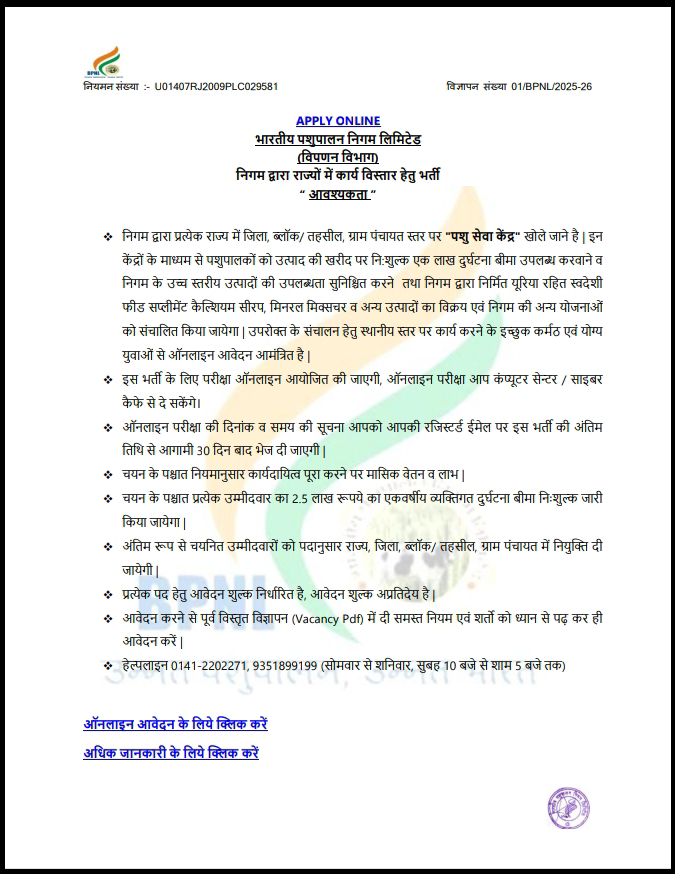Plant population optimization refers to determining the ideal number of plants to grow within a specific area to achieve the best possible yield and efficient use of resources like light, water, and nutrients. This optimal density balances maximizing resource capture with minimizing competition among individual plants.
Here's a breakdown of key aspects:
Importance of Optimal Plant Population:
* Maximum Yield: The right number of plants ensures efficient resource utilization, leading to the highest possible output per unit area.
* Resource Efficiency: Optimal density allows each plant to access adequate sunlight, water, and nutrients without excessive competition.
* Plant Health: Avoids overcrowding, which can lead to increased susceptibility to diseases and pests due to poor air circulation and increased humidity within the canopy.
* Economic Returns: Maximizing yield while optimizing input costs (like seeds) leads to better profitability.
Factors Influencing Optimal Plant Population:
* Crop Type and Variety: Different crops have varying growth habits, sizes, and resource requirements, influencing their optimal density. For example, indeterminate plants with branching habits can tolerate a wider range of populations compared to determinate types.
* Plant Size and Architecture: Larger plants require more space than smaller, compact varieties.
* Environmental Conditions:
* Water Availability: In rainfed conditions, lower plant populations are recommended to reduce water stress. Adequate irrigation allows for higher densities.
* Nutrient Availability: Fertile soils can support higher populations than nutrient-poor soils.
* Sunlight: Sufficient light interception is crucial. Plant spacing should allow for adequate light penetration throughout the canopy.
* Growing Season Length: Longer growing seasons might accommodate higher populations for some crops.
* Temperature and Humidity: These factors can influence plant growth and the prevalence of diseases at different densities.
* Soil Type and Fertility: Well-drained, fertile soils can generally support higher plant populations.
* Management Practices:
* Fertilization: Higher nutrient inputs might support denser planting.
* Irrigation: As mentioned earlier, irrigation allows for higher densities.
* Weed Control: Effective weed management can reduce competition, potentially allowing for slightly higher plant populations.
* Planting Geometry: The arrangement of plants (e.g., square, rectangular, paired rows) can influence light interception and resource utilization at a given population density.
* Seed Quality and Planting Method: The germination rate and establishment success from the sown seeds will determine the actual plant population achieved. Broadcasting typically requires a higher seed rate than line sowing or transplanting to achieve the same final population.
Determining Optimal Plant Population:
* Research and Local Recommendations: Agricultural research institutions and extension services often conduct trials to determine optimal plant populations for specific crops and regions.
* Field Trials: Farmers can conduct their own small-scale trials with varying plant densities to observe growth, yield, and resource utilization under their specific conditions.
* Historical Data and Experience: Past experience on a particular farm can provide valuable insights.
* Mathematical Modeling: Relationships between plant density and yield can sometimes be modeled to predict optimal levels.
Consequences of Non-Optimal Plant Population:
* Too High Density (Overcrowding):
* Increased competition for light, water, and nutrients.
* Reduced individual plant growth and yield.
* Increased lodging (falling over) in some crops.
* Higher risk of diseases and pests due to poor ventilation.
* Lower quality of harvested product (e.g., smaller fruits or grains).
* Too Low Density (Under-population):
* Underutilization of available resources (light, water, nutrients).
* Lower overall yield per unit area.
* Increased weed growth due to less competition from the crop.
Examples of Optimal Plant Populations (General Ranges):
Keep in mind that these are very general ranges and can vary significantly based on the specific variety, environmental conditions, and management practices.
* Maize: 20,000 - 45,000 plants per hectare
* Soybean: 250,000 - 750,000 plants per hectare
* Wheat: Varies greatly depending on planting method and environment, but often in the millions of plants per hectare.
* Rice: 200,000 - 300,000 plants per hectare (transplanted)
* Tomato: 20,000 - 50,000 plants per hectare
* Cotton: Varies widely based on variety and row spacing.
Optimizing plant population is a dynamic process that requires careful consideration of various interacting factors. Continuous observation and adaptation based on specific conditions are key to maximizing crop productivity and profitability.

.jpeg)






